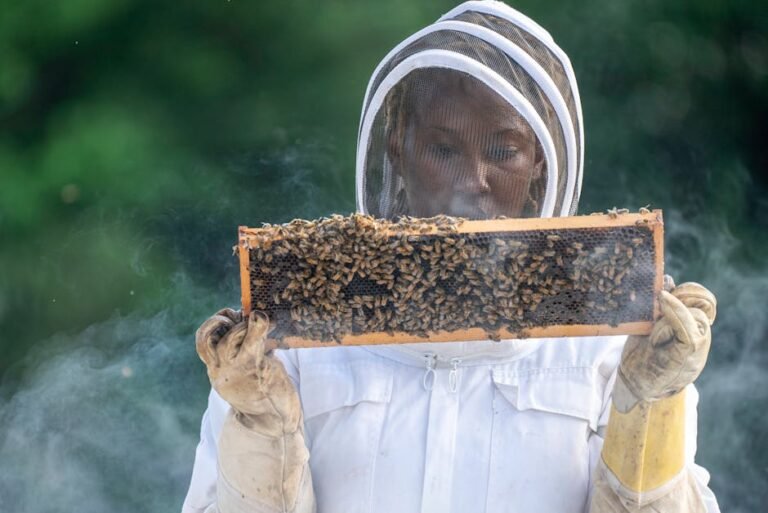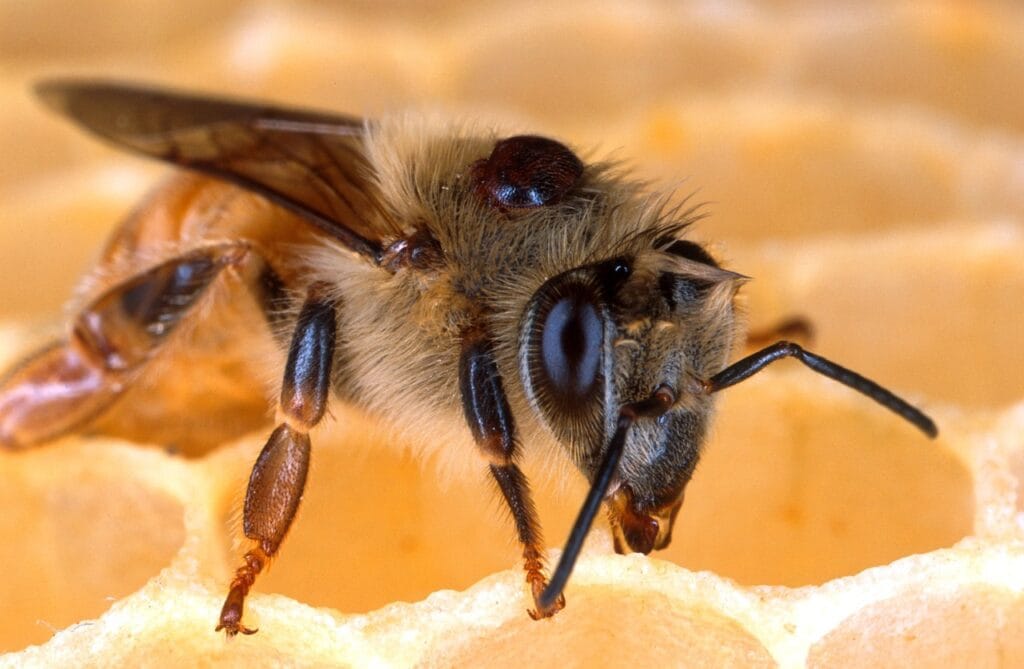The total yearly time commitment for beekeeping varies significantly based on seasonal factors.
Each season brings distinct tasks and challenges, directly impacting how many hours a beekeeper must dedicate.
Spring
- Peak workload: Spring is the most labor-intensive season. Tasks include:
- Weekly inspections to check for signs of swarming, diseases, and colony growth.
- Hive expansion: Adding supers as colonies grow.
- Swarm prevention: Monitoring and managing overcrowded hives.
- Extra time spent on queen assessment and introducing new bees.
Summer
- Continued frequent inspections: Weekly or bi-weekly checks for hive health, pest management (especially varroa mites), and honey production.
- Honey harvest: Requires several hours in midsummer; additional time for extraction and bottling.
- Swarm management may continue in early summer.
Autumn
- Preparation for winter: Time spent consolidating hives, removing unused supers, and feeding bees if necessary.
- Health checks: Final assessment of bee population, stores, and disease status.
- Reduced frequency: Inspections drop to monthly.
Winter
- Minimal hands-on work: Bees mostly cluster and remain inside; occasional quick checks for moisture, entrance blockages, or signs of dead-outs.
- Preparation and planning: Some hours may be spent on equipment repairs, ordering supplies, and studying beekeeping resources.
Key Seasonal Influences
- Spring and summer: Demand the highest time investments per hive due to colony expansion, active management, and honey harvest.
- Autumn and winter: Less frequent and often shorter sessions; mostly preventative and preparatory work.
Other Influencing Factors
- Local climate and weather extremes affect both task frequency and urgency (e.g., hotter summers may mean more mite checks).
- Unanticipated issues (queen loss, sudden disease outbreaks, swarming) can spike time needs in any season, especially spring.
Summary:
The majority of beekeeping hours are concentrated in spring and summer, with reduced time needs during autumn and winter.
Seasonal changes dictate hive activity, which in turn determines how much attention and labor a beekeeper must provide year-round.



